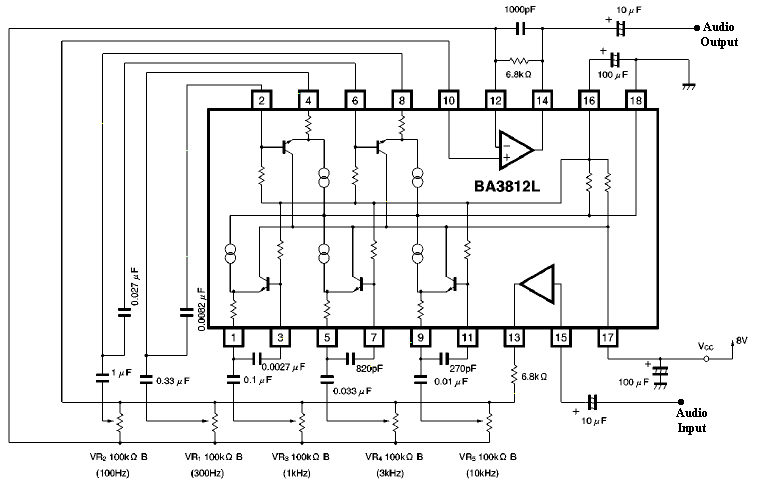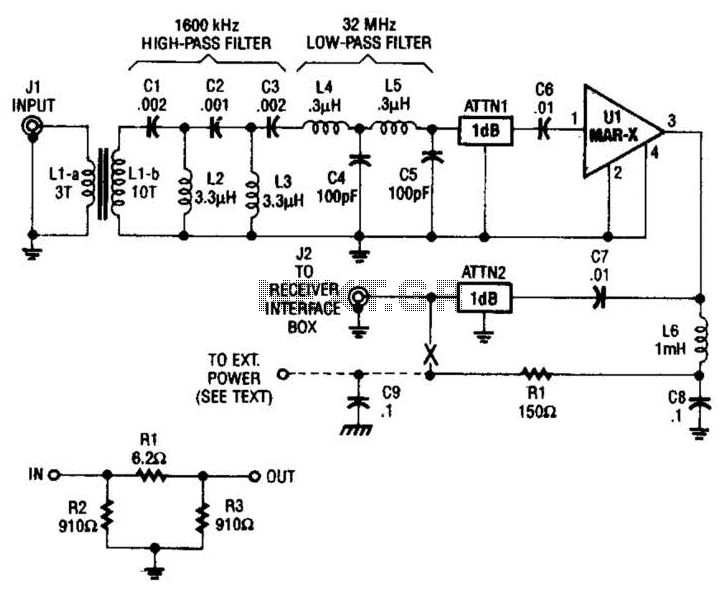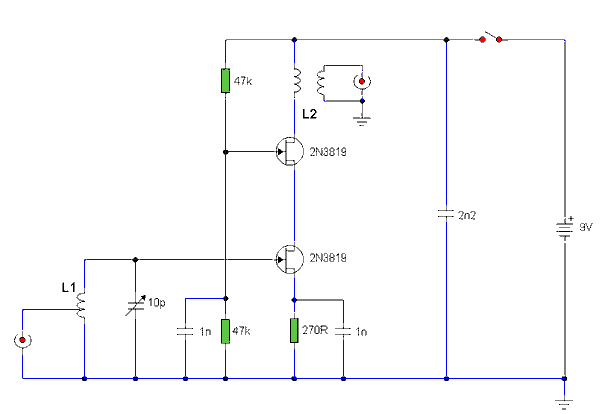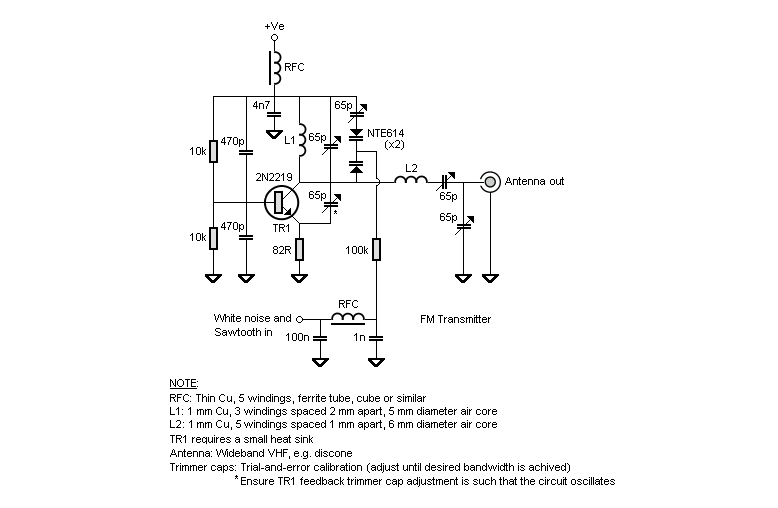
3 band equalizer
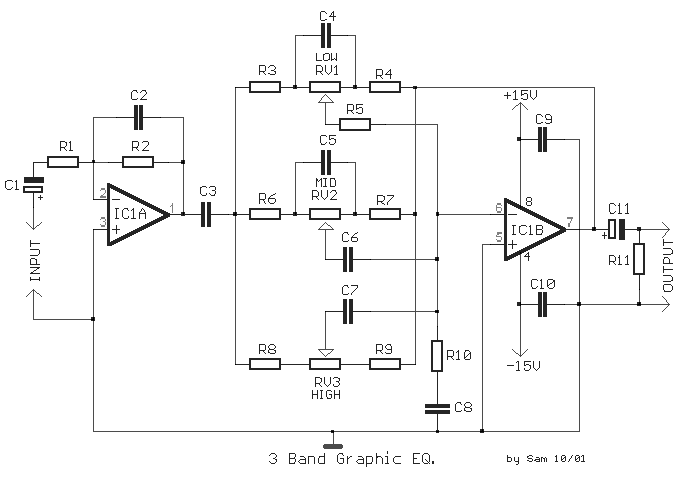
A classic three-way tone control circuit that allows for the regulation of low, mid, and high frequencies of an acoustic signal. The boost/cut can be adjusted within a range of ± 18 dB/oct. The circuit operates on a supply voltage of ± 15V, but it can also function with a single supply voltage ranging from +9V to +30V.
This three-way tone control circuit is designed to enhance or attenuate specific frequency bands in an audio signal, providing flexibility for sound shaping in various audio applications. The circuit typically consists of three separate filters: a low-pass filter for low frequencies, a band-pass filter for mid frequencies, and a high-pass filter for high frequencies. Each filter can be independently adjusted to either boost or cut the respective frequency range.
The operational amplifiers (op-amps) serve as the main active components in the circuit, allowing for precise control over the gain of each frequency band. The use of feedback resistors and capacitors in conjunction with the op-amps enables the user to achieve the desired frequency response. The ± 18 dB/octave specification indicates that the gain can be increased or decreased by 18 decibels per octave, providing a steep slope for frequency adjustments.
Power supply considerations are crucial for the operation of the circuit. While it is designed to work with a dual power supply of ± 15V, the option to use a single supply voltage of +9V to +30V expands its versatility. In single-supply configurations, additional coupling and biasing components may be required to ensure that the op-amps operate within their linear range without distortion.
This tone control circuit can be implemented in various audio devices, such as mixing consoles, amplifiers, and equalizers, where precise frequency management is essential for achieving optimal sound quality. Proper layout and component selection are important to minimize noise and distortion, ensuring that the integrity of the audio signal is maintained throughout the processing stages.A classic circuit of regulation of tone of three way, with which we can regulate low, mid and high frequencies, of acoustic signal. The boost/cut can be regulated in the range of ± 18 dB/oct. In the circuit the supply is ± 15V, but can be also supplied with alone supply + 9 until + 30.. 🔗 External reference
This three-way tone control circuit is designed to enhance or attenuate specific frequency bands in an audio signal, providing flexibility for sound shaping in various audio applications. The circuit typically consists of three separate filters: a low-pass filter for low frequencies, a band-pass filter for mid frequencies, and a high-pass filter for high frequencies. Each filter can be independently adjusted to either boost or cut the respective frequency range.
The operational amplifiers (op-amps) serve as the main active components in the circuit, allowing for precise control over the gain of each frequency band. The use of feedback resistors and capacitors in conjunction with the op-amps enables the user to achieve the desired frequency response. The ± 18 dB/octave specification indicates that the gain can be increased or decreased by 18 decibels per octave, providing a steep slope for frequency adjustments.
Power supply considerations are crucial for the operation of the circuit. While it is designed to work with a dual power supply of ± 15V, the option to use a single supply voltage of +9V to +30V expands its versatility. In single-supply configurations, additional coupling and biasing components may be required to ensure that the op-amps operate within their linear range without distortion.
This tone control circuit can be implemented in various audio devices, such as mixing consoles, amplifiers, and equalizers, where precise frequency management is essential for achieving optimal sound quality. Proper layout and component selection are important to minimize noise and distortion, ensuring that the integrity of the audio signal is maintained throughout the processing stages.A classic circuit of regulation of tone of three way, with which we can regulate low, mid and high frequencies, of acoustic signal. The boost/cut can be regulated in the range of ± 18 dB/oct. In the circuit the supply is ± 15V, but can be also supplied with alone supply + 9 until + 30.. 🔗 External reference

